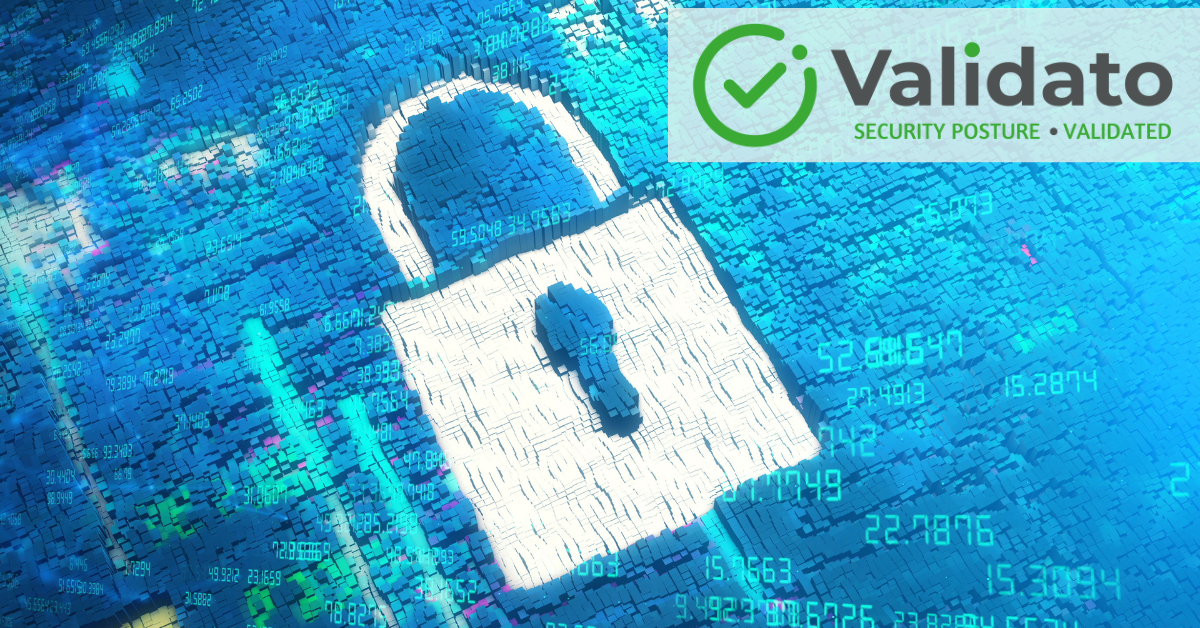What is Internal Cyber Risk Posture?
Internal cyber risk posture refers to an organisation’s security status regarding its internal networks, systems, and access controls. Unlike external security measures focused on perimeter defences, internal posture addresses vulnerabilities that could be exploited once an attacker gains initial access or from insider threats.
Key elements of internal cyber risk posture include:
- Access management systems
- System configurations
- Security controls
- Endpoint security
- Policy compliance
A strong internal posture is crucial because most significant breaches involve the exploitation of internal weaknesses. While firewalls and intrusion prevention systems might block initial access attempts, inadequate internal controls allow attackers to move laterally, escalate privileges, and access sensitive data once they’ve established a foothold.
Organisations often underestimate internal risks, focusing resources on perimeter defences while neglecting security gaps within their environments. This imbalance creates dangerous blind spots that sophisticated attackers quickly exploit.
Five Critical Internal Cyber Risk Factors
| Risk Factor | Description | Key Concern |
|---|---|---|
| 1. Unmanaged Excessive User Privileges | When users have access rights beyond what they need for their roles, creating avenues for unauthorised access. | Violates the principle of least privilege, expanding attack surface through privilege creep over time. |
| 2. Outdated System Configurations | Systems with outdated configurations and missing security patches across Windows, Linux, and Mac environments. | Creates exploitable weaknesses through default settings, unnecessary services, insecure protocols, and missing updates. |
| 3. Lack of Security Control Validation | Implementing controls without regularly validating their effectiveness against current threats. | The MITRE ATT&CK framework can help evaluate defences through simulation of real-world techniques. |
| 4. Insufficient Endpoint Hardening | Inadequately secured desktops, laptops, and servers that provide platforms for attack. | Enables lateral movement and requires cyber resilience testing to identify specific hardening gaps. |
| 5. Compliance Without Real Security | Focusing on meeting minimum regulatory requirements rather than achieving genuine security. | Modern regulations (NIS2, DORA, UK CSRA) require demonstrated effectiveness beyond checkbox compliance. |
How to Strengthen Your Cyber Risk Posture
Improving internal cyber risk posture requires a structured approach addressing the key weaknesses identified above:
- Implement continuous security validation to regularly test defences against current threats and attack techniques.
- Adopt threat-informed defence strategies that align security investments with actual attack methods.
- Utilise attack simulation tools based on the MITRE ATT&CK framework to validate control effectiveness.
- Conduct regular privilege reviews to identify and remove excessive access rights that create unnecessary risk.
- Perform systematic security testing that provides evidence of how controls perform against realistic attacks.
By addressing these five key indicators of weak internal cyber risk posture, organisations can significantly improve their resilience against cyberattacks. Tools like Validato’s automated security validation platform can identify misconfigurations across different environments and provide guided remediation steps to address vulnerabilities before attackers exploit them.
If you’re interested in learning more, contact our expert team today.


